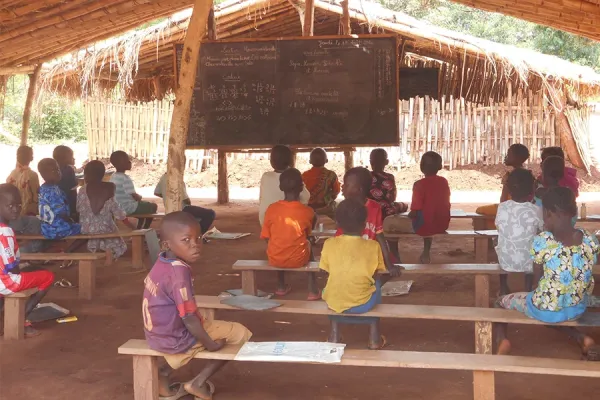Text: van Walsum, S. (2011) ‘Sex and the regulation of belonging: Dutch family migration policies ìn the context of chnging family norms’, in: Kraler, A., Kofman, E., Kohli, M. & Schmoll, C. (eds.) (2011) Gender, Generations and the Family in International Migration. Amsterdam: Amsterdam University Press. Pages 57-69 (until 2.5).
Introduction
In her chapter, van Walsum presents a historical analysis of Dutch family law and migration law, starting with the the post-war period in 1945 and the policies related to decolonization. One of her questions is whether we draw parallels between racist and genderdized policies of the past to current practices.
Another important observation the author posits links the exclusion/inclusion proces to individual norms and values. According to van Walsum, after the traditional emphasis on the nuclear family with the “male breadwinner citizen” as head of the family (p. 60), in more modern times we put a normative emphasis on the individual, self-sufficient citizen (p. 62). In fact, we posit the self-sufficiency of the individual as a condition for granting citizenship (p. 66).
So, with the decline of the emphasis on the nuclear family and changing family constructions, what is the position of the child in all this? According to the author, current Dutch migration policy is in the first place focussed on protecting the modern national (wester, liberal) norms of individual responsibility, equality and freedom (and capitalism). This “new citizenship” (p. 68) constitutes the main reason for acceptance or exclusion in the Netherlands. This can explain, for example, why children who grow up in a foreign country are excluded from Dutch citizenship even if the parents are Dutch citizens through naturalization (p. 66).
Discussion
- What is the status of the child in the migration process, in relation to the Dutch state and the family? Are children seen as family-members or as private individuals? (van Walsem p 69: ‘The family is being broken down into its component parts and family members are being treated as separate, equal and independent’).
- How does the position of the child relate to the normative ideal of the self-sufficient citizen, who takes up individual responsibility etc?
-> I found this point particularly interesting in relation to our last discussion on the text of O’Connell Davidsson. As van Walsum writes, through social policies, individual self-sufficiency is enforced and there is an emphasis on individual responsibility (p. 62). However, it is often argued that children cannot take on this responsibility and often they do not even have the right to work, making them financially dependent on their parents (especially because there are no welfare benefits for <18). While at the same time older children are apparently assumed to be (almost) fully ethically formed, as they are perceived to be an integration risk due to their foreign upbringing. So here both the adolescent who runs away from home and tries to make a living (eg through prostitution, one of the few options available in that case) and the foreign child whose parents are Dutch citizens seem to find themselves in a similar legal incoherent limbo?
- And how does this relate to the position of children who are raised and educated in the Netherlands, thereby forming an integration risk to other countries, but who do not get citizen status? And what about their relations to their families?
- What is the link between immigration law, family law and integration policies (p 67)?
- What is the role of the normative framework of the nation in determining the exclusion/inclusion policy? Does it affect current Dutch nationals too? (should it?) (p.68)



